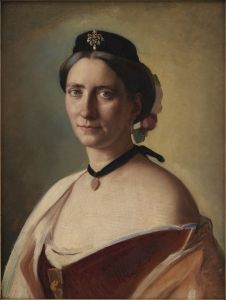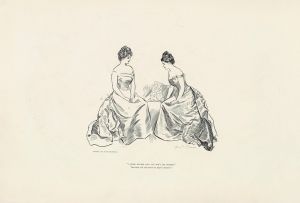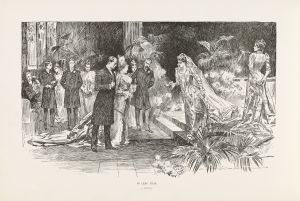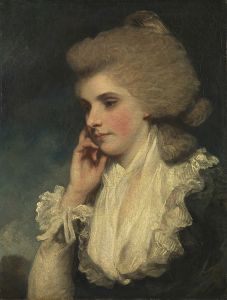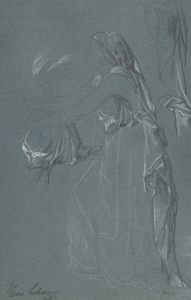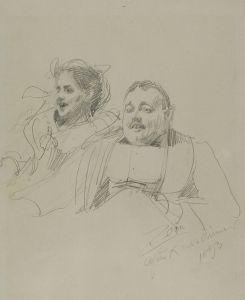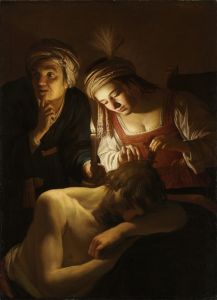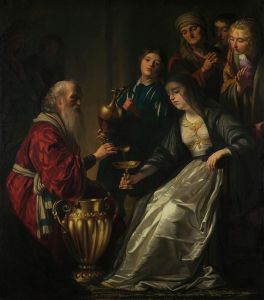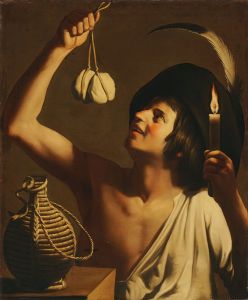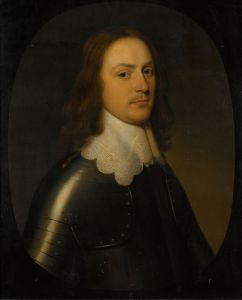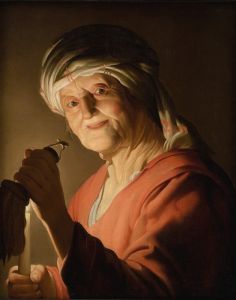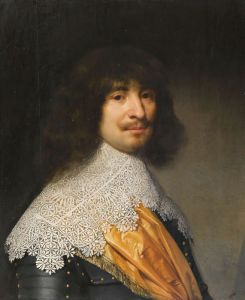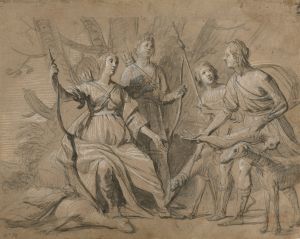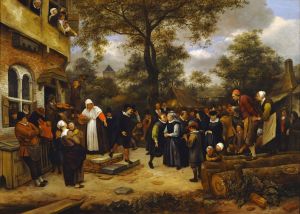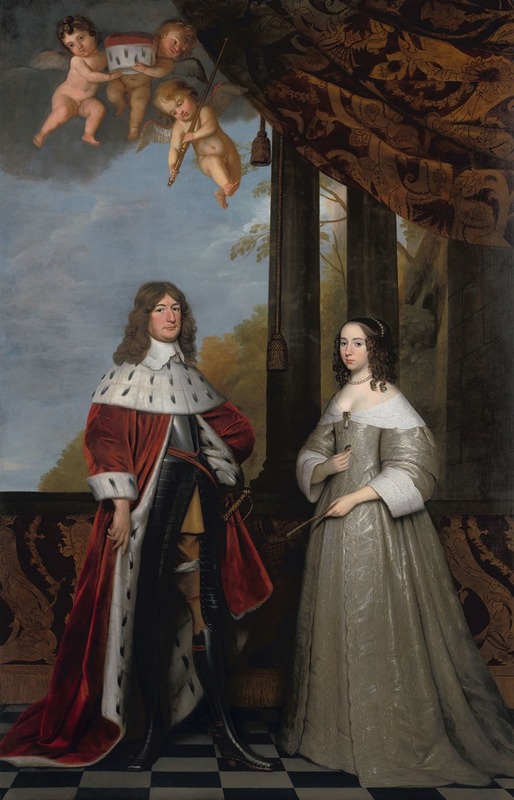
Portrait of Friedrich Wilhelm, Elector of Brandenburg, and his Wife Louise Henriette, Countess of Orange-Nassau
A hand-painted replica of Gerard van Honthorst’s masterpiece Portrait of Friedrich Wilhelm, Elector of Brandenburg, and his Wife Louise Henriette, Countess of Orange-Nassau, meticulously crafted by professional artists to capture the true essence of the original. Each piece is created with museum-quality canvas and rare mineral pigments, carefully painted by experienced artists with delicate brushstrokes and rich, layered colors to perfectly recreate the texture of the original artwork. Unlike machine-printed reproductions, this hand-painted version brings the painting to life, infused with the artist’s emotions and skill in every stroke. Whether for personal collection or home decoration, it instantly elevates the artistic atmosphere of any space.
The painting Portrait of Friedrich Wilhelm, Elector of Brandenburg, and his Wife Louise Henriette, Countess of Orange-Nassau is a work by the Dutch Golden Age painter Gerard van Honthorst. Known for his mastery of portraiture and use of dramatic lighting, van Honthorst was a prominent artist in the 17th century, celebrated for his ability to capture the likeness and character of his subjects with great detail and elegance.
This double portrait depicts Friedrich Wilhelm, the Elector of Brandenburg (1620–1688), and his wife Louise Henriette of Orange-Nassau (1627–1667). Friedrich Wilhelm, often referred to as the "Great Elector," was a significant figure in European history, known for his efforts to strengthen the Brandenburg-Prussian state and modernize its military and administration. Louise Henriette, a member of the influential House of Orange-Nassau, played an important role as his consort, fostering cultural and political ties between Brandenburg and the Dutch Republic.
The painting is believed to have been commissioned to commemorate their marriage, which took place in 1646. Their union was not only a personal alliance but also a politically strategic one, symbolizing the strengthening of ties between the two powerful families. The couple had six children, several of whom would go on to play important roles in European politics.
In the portrait, van Honthorst employs his characteristic style, emphasizing the dignity and status of the sitters. Friedrich Wilhelm is depicted in formal attire, reflecting his position as a ruler, while Louise Henriette is shown in elegant dress, symbolizing her noble lineage. The composition and lighting draw attention to their faces, highlighting their expressions and the bond between them. The artist's skillful use of chiaroscuro adds depth and a sense of intimacy to the work.
The painting is an example of van Honthorst's ability to blend Dutch artistic traditions with the grandeur often associated with court portraiture. It also reflects the cultural exchange between the Dutch Republic and Brandenburg during this period, as well as the role of art in reinforcing political alliances and social hierarchies.
The current location of the painting is not definitively documented in public records, and further details about its provenance remain limited. However, it is recognized as an important work that captures the historical and cultural significance of its subjects.





